Now Foods Chlorophyll Liquid
- Benefits allergic rhinitis
- Prevents aflatoxin-related liver cancer
- Helps control body odor
- Improves acne
- Prevents colorectal cancer
Description
Chlorophylls are often used as food additives or health supplements and are considered to have anti-cancer, anti-diabetic, hypolipidemic, anti-mutagenic, anti-odor, antioxidant, antibacterial, antiviral, and detoxification effects. Chlorophyll is a fat-soluble green pigment, mostly found in green plants and seaweeds, which can absorb sunlight to promote photosynthesis (to synthesize carbon dioxide and water, and make food for plants). Its basic structure is a heme-like porphyrin ring, with the central atom being magnesium instead of iron.
What is the difference between chlorophyll and chlorophyllin?
Chlorophyll supplements are partly made from seaweed (Chlorella), and because natural chlorophyll is less stable, easily degraded, and relatively expensive, most over-the-counter chlorophyll supplements are actually mainly composed of chlorophyllin. Chlorophyllin is a semi-synthetic derivative of chlorophyll (usually taken from readily available fescue and alfalfa plants) combined with sodium-copper salts, also known as Sodium Copper Chlorophyllin, which is water-soluble , does not require fat-assisted absorption.
Benefit of Chlorophyll
-
Chlorophyll benefits allergic rhinitis
Allergic rhinitis is an under-recognized inflammation of the nasal mucosa, defined as at least two nasal symptoms, including runny nose, blockage, sneezing, and nasal itching. Mainly caused by immunoglobulin E (IgE)-mediated inhalation allergen reactions, it can easily lead to work, study, sleep problems and the reduction of children’s outdoor activities. Typical allergens include seasonal pollen and mold, as well as indoor perennial allergens such as dust mites, pets, pests, and some molds. A randomized, double-blind, placebo-controlled trial (12 weeks in 66 patients with seasonal allergic rhinitis) showed that taking chlorophyll reduced the need for additional allergy medication.
-
Chlorophyll prevents aflatoxin-related liver cancer
Aflatoxin is mainly produced by fungi like Aspergillus flavus, Aspergillus parasiticus and Aspergillus nomus, which are parasitic in various foods such as corn, oilseeds, spices, peanuts, tree nuts, milk and dried fruits. Mycotoxin B1 is the most abundant and toxic member of the family (has been classified as a class A carcinogen by the World Health Organization).Among the many risk factors for liver cancer, hepatitis B and C virus infection, aflatoxin exposure, heavy alcohol consumption, and iron overload are the most common. Once aflatoxin is ingested, its metabolite AFB1-N7-guanine is considered an important biomarker for measuring DNA damage. A randomized, double-blind, placebo-controlled study (4 months in 180 healthy adults) showed that urine AFB1-N7-guanine levels were 55% lower in the chlorophyll group than in the placebo group. In high-risk groups exposed to aflatoxin, chlorophyll intake can reduce AFB1-N7-guanine.
-
Chlorophyll helps control body odor
The chemical complexity of body odor allows it to convey a variety of biological and social information. In humans and animals, signals hidden in body odor are thought to contribute to mate selection, individual identification, kinship detection, and gender differentiation. While body odor can generate spontaneous personality trait attributions, unpleasant body odor is generally less desirable and is considered a warning sign or indicator of potential health risks, although not necessarily directly causing health problems. A study (subject to 62 elderly nursing home patients) pointed out that taking chlorophyll not only has a certain effect on the control of body odor and fecal odor, but also reduces the occurrence of constipation and flatulence. Another study pointed out that for patients with trimethylaminuria (Trimethylaminuria, also known as stinky fish disease, a rare disease in which the body cannot break down trimethylamine), oral chlorophyll can significantly reduce the concentration of trimethylamine in the urine. Trimethylamine is described as smelling like rancid fish/eggs, garbage or urine, and when this compound builds up in the body it can give off a strong fishy odor in sweat, urine and breath. Taking chlorophyll may have positive effects on improving body odor.
-
Chlorophyll improves acne
Acne vulgaris is an inflammatory sebaceous disease characterized by blackheads, papules, pustules, inflammatory nodules, epidermal cysts, and pustules. Although it does not affect general health, severe scarring and psychological distress can result Lesions are most commonly found on the face, but the neck, chest, upper back, and shoulders can also be affected, with pimples occurring in about 80 percent of teens, 3 percent of men and 12 percent of women lasting beyond the age of 25. In a controlled study (4 weeks in 24 acne patients), one group used photodynamic therapy and the other group used topical chlorophyll liposome complex with phototherapy. It was found that the chlorophyll group had significantly lower acne lesion counts, severity grades, and sebum levels compared to subjects receiving phototherapy alone. Chlorophyll-photodynamic therapy has a positive effect on improving acne.
-
Chlorophyll prevents colorectal cancer
Colorectal cancer is the most common malignant disease of the gastrointestinal tract, and its incidence ranks third and second in male cancers and female cancers, respectively. The main risk factors include advanced age, family history, maleness, and lifestyle (smoking). , high consumption of red and processed meat, obesity, diabetes, and excessive alcohol consumption), etc. However, it is also one of the most preventable cancers because it almost always begins in benign tumors, also known as tubular adenomas and serrated polyps, before evolving into colorectal cancer over the years. Therefore, early detection and removal of precancerous adenomas to prevent malignant transformation of polyps is critical. In a population-based observational study (9.3 years of follow-up, 120,852 participants), increased dietary heme iron intake and decreased chlorophyll intake were associated with an increased risk of colorectal cancer in men. Higher dietary chlorophyll intake linked to lower risk of colorectal cancer
Possible Side Effect of Taking Chlorophyll Supplement
Oral chlorophyll is safe for most people, and possible side effects that have been reported include: diarrhea, nausea, vomiting Oral chlorophyll may cause urine or stool to turn green or black (this is normal).
Available Sizes
| Size | Servings | UPC | |
|---|---|---|---|
| 16 fl. oz. | about 95 | 733739026446 |
Suggested Usage
Take 1 teaspoon (5 mL) daily in 8 oz. of water or juice.
Shake well before use. Refrigerate after opening.
Note: Chlorophyll contains a green pigment that could stain your clothing. Handle with care. Chlorophyll may also stain teeth when taken undiluted. Use only as directed.
Caution
1. May cause a slight burning or itching sensation when applied topically to the wound
2. Not to be used by pregnant, children or breastfeeding women (due to unknown safety)
3. People with poor liver and kidney function should not use it (due to unknown safety)
4. May lead to false positive results in fecal occult blood test
5. Allergic reactions may occur (symptoms are rash, swelling of face/lips/tongue or throat, especially in subjects who have been allergic to fruits, vegetables and nuts)
6. Do not use together with drugs that may increase photosensitivity (chlorophyll may increase the chance of photosensitivity, and if used together may increase the chance of skin being sunburned, blistered or reddened when exposed to sunlight).
7. For adults only. Consult physician if pregnant/nursing, taking medication, or have a medical condition. Keep out of reach of children.
8. When taken orally, chlorophyll may cause diarrhea or green discoloration of urine or feces.
Supplement Facts
| Serving Size: | 1 Teaspoon (5 mL) |
|---|---|
| Servings Per Container: | about 95 |
| Description | Amount per Serving | % Daily Value |
|---|---|---|
| Calories | 15 | |
| Total Carbohydrate | 4 g | 1%* |
| Copper(from Sodium Copper Chlorophyllin) | 4 mg | 444%* |
| Sodium(from Sodium Copper Chlorophyllin) | 10 mg | <1%* |
| Sodium Copper Chlorophyllin(Chlorophyll) | 100 mg | †Daily Value not established. |
| *Percent Daily Values are based on a 2,000 calorie diet. | ||
| †Daily Value not established. | ||
Other Ingredients
Vegetable Glycerin, De-ionized Water, Peppermint Oil and Potassium Sorbate (as preservative).
Not manufactured with yeast, wheat, gluten, soy, corn, milk, egg, fish or shellfish ingredients. Produced in a GMP facility that processes other ingredients containing these allergens.
Natural color variation may occur in this product.
Please Recycle.
You must be logged in to post a review.

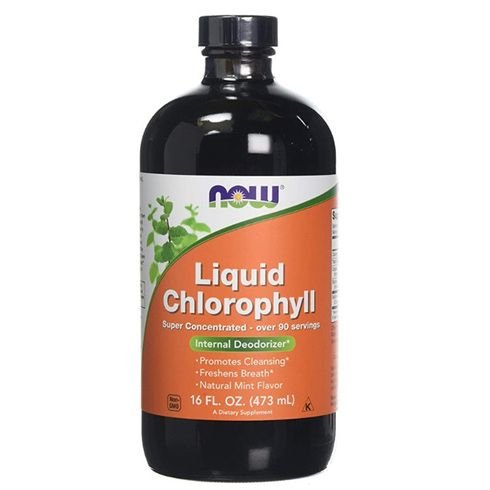






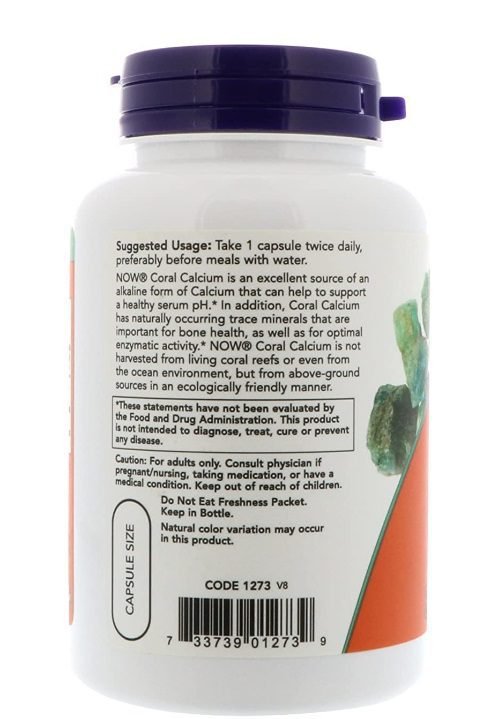


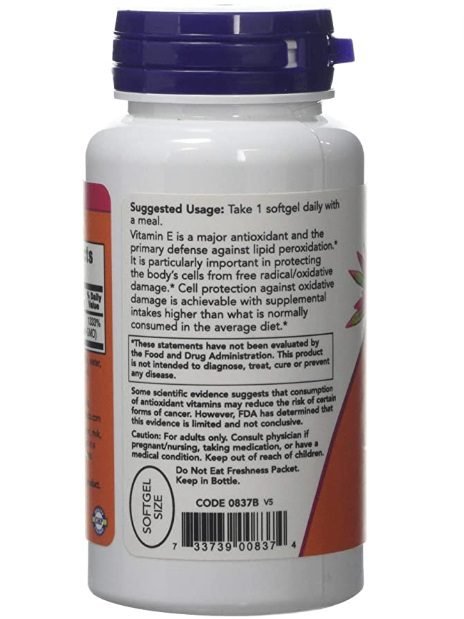
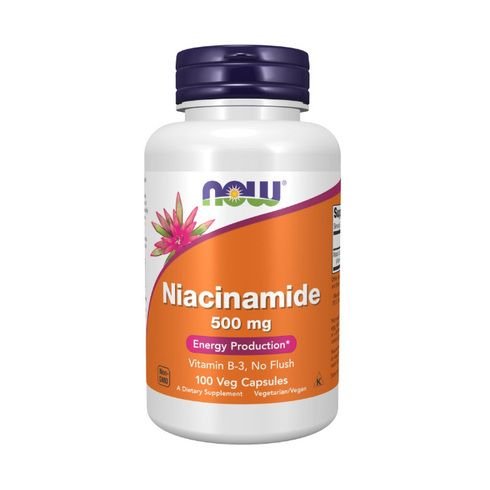
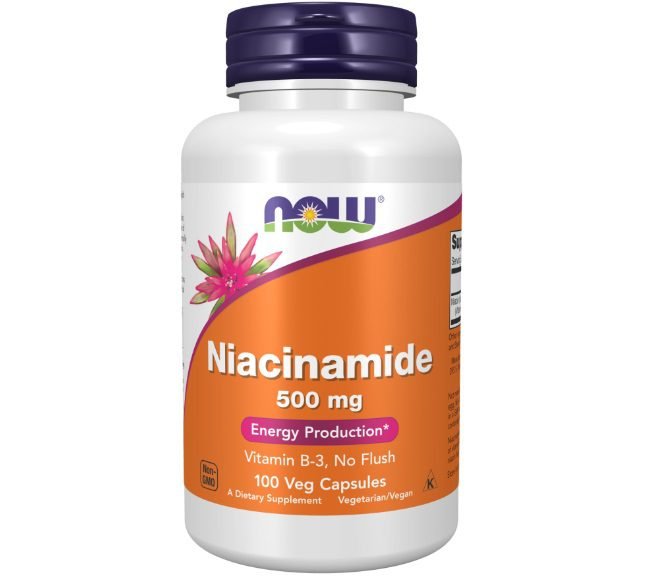


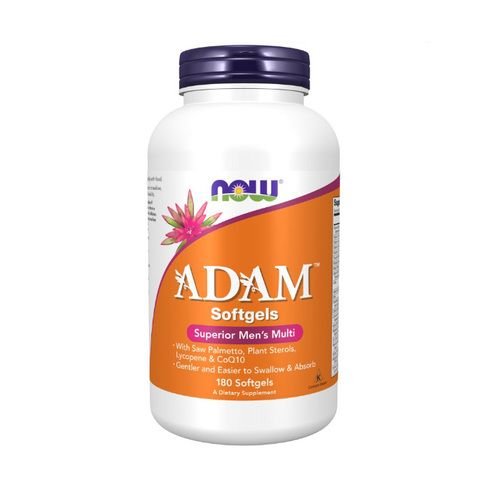
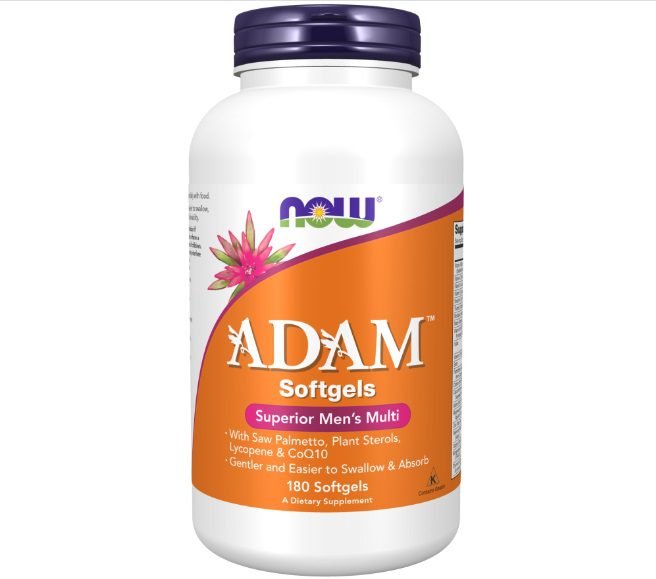

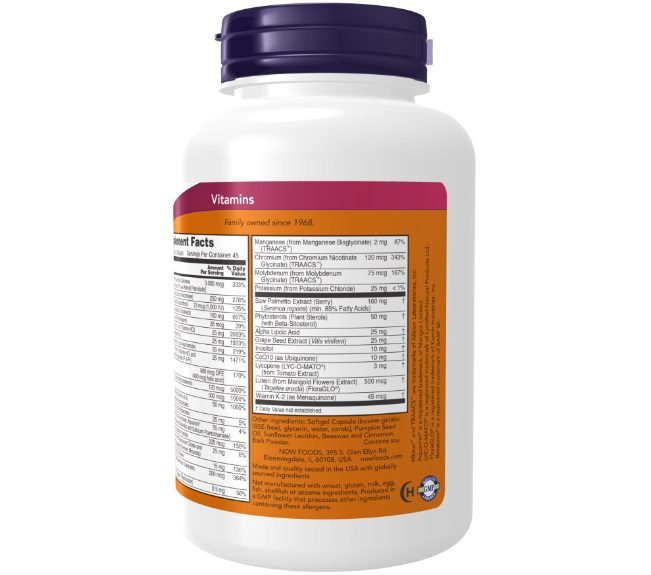

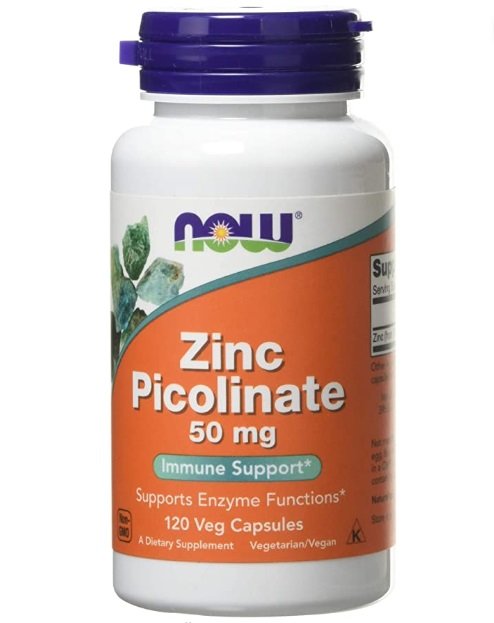
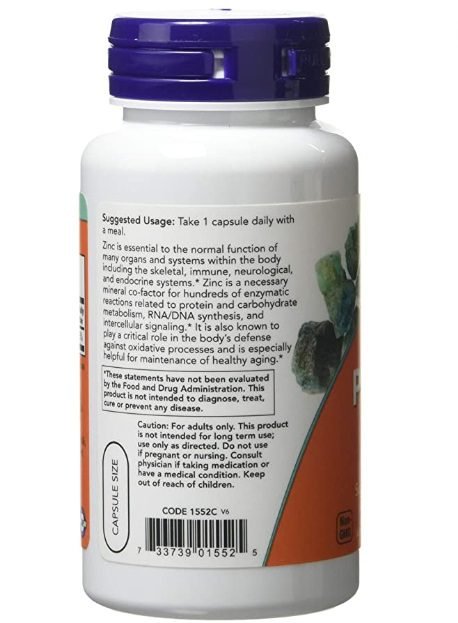


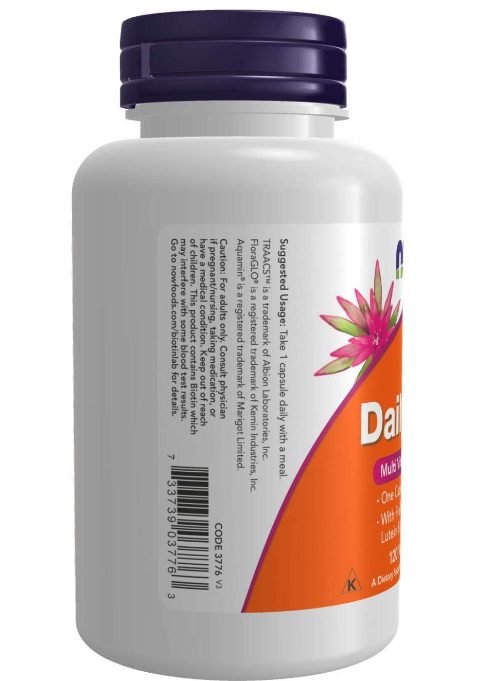

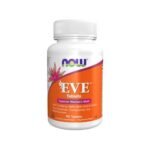
Reviews
There are no reviews yet.